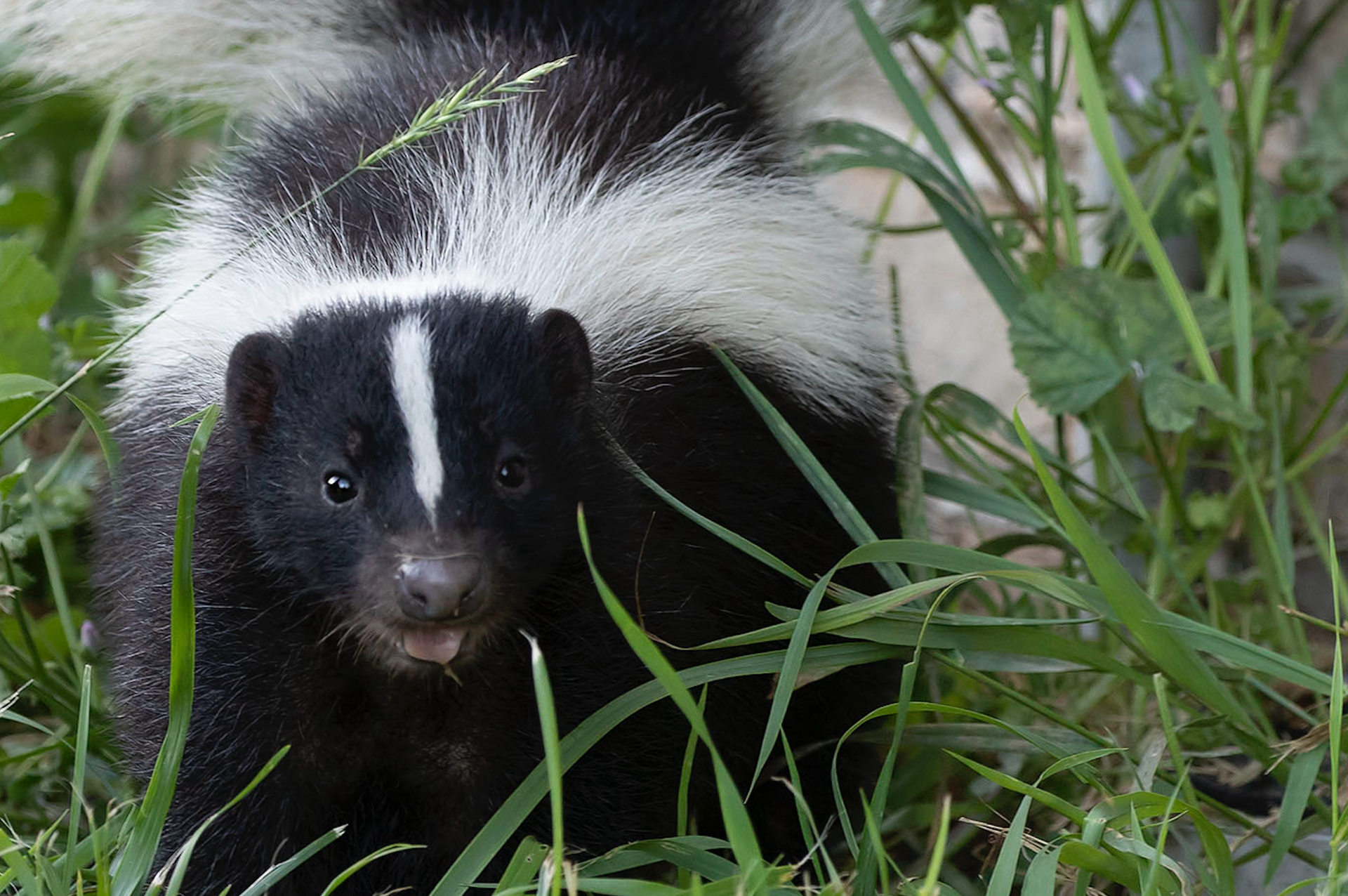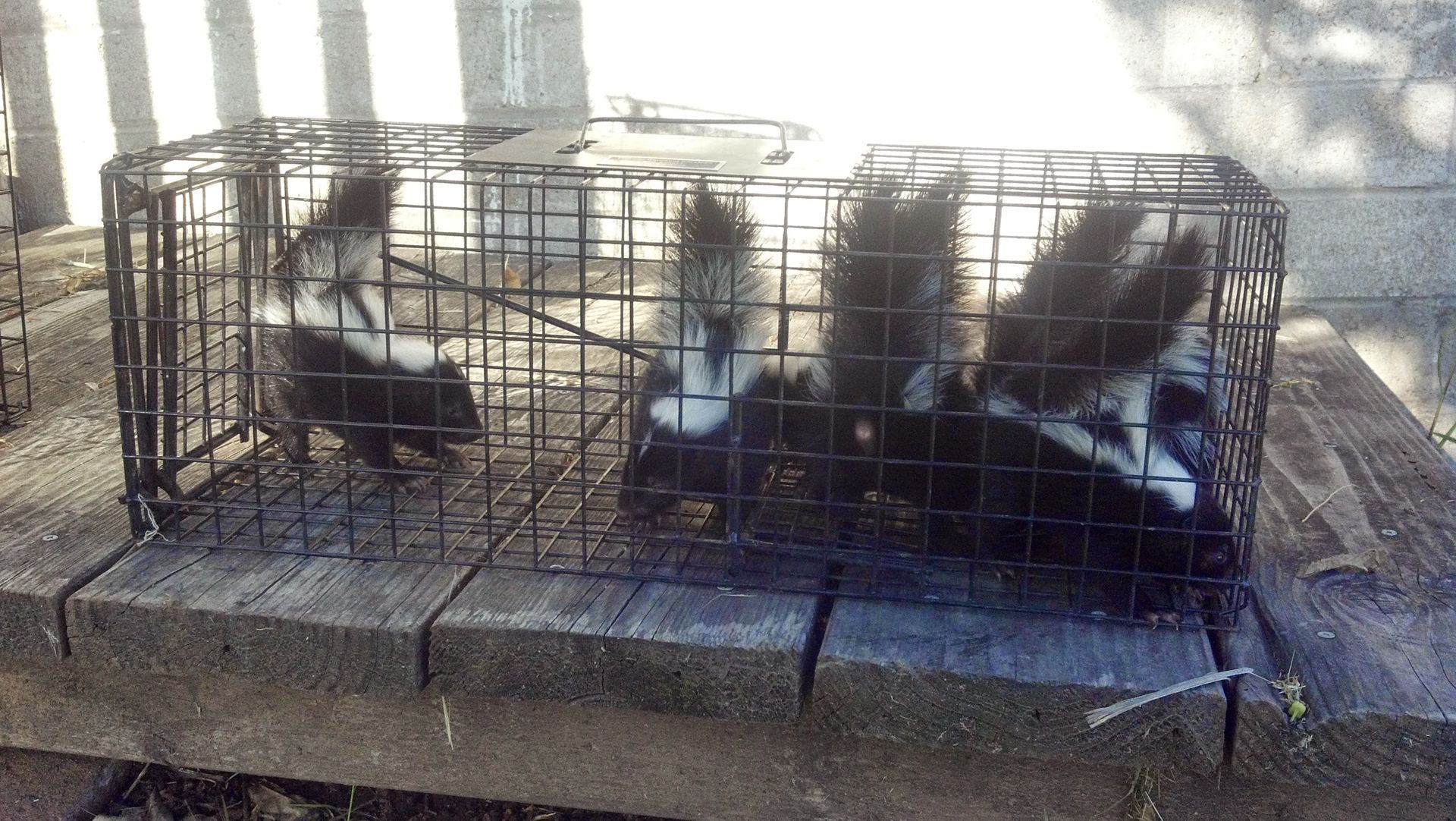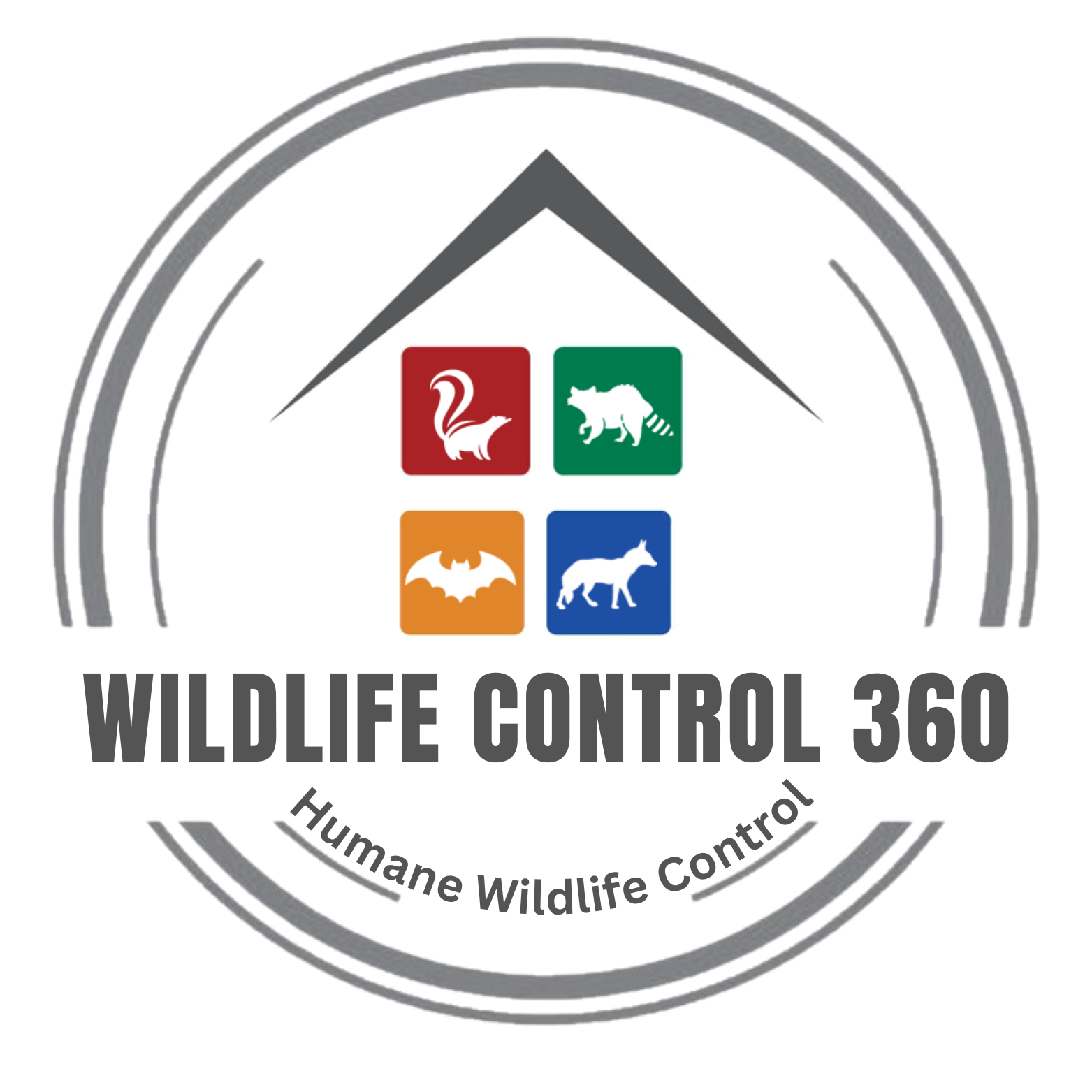Smell a skunk problem?
Call Wildlife Control 360
Contact Us
We will get back to you as soon as possible.
Please try again later.
Animals Digging In Your Yard? Skunk Odors? Skunks Under Your Home Or Porch? These Are Oftentimes Indicators That Skunks Are Living On Or Near Your Property.


Step 1 – Inspection
Step 2 – Skunk Removal
Step 3 – Full Home Exclusion
Step 4 – Decontamination
Skunk Diseases and Risks of Intrusion
Skunks are small animals but can cause serious property damage, or worse, spread disease. Skunks are the primary carriers of rabies in the United States and pose a serious risk to humans and their pets. Skunks are also skilled diggers and create deep burrows that can threaten the structures of homes and businesses.
Diseases/Rabies
Skunks are particularly susceptible to the rabies virus, which they are then able to transmit to humans or pets. It is important to note that skunks do not transmit rabies through their spray. They are able to transmit the dangerous disease through saliva, most commonly through biting.
Rabid skunks are marked by aggression, wandering during daytime hours, muscle tremors or paralysis, excess salivation, and may appear approachable. It is possible for an infected skunk to not exhibit symptoms for weeks, which means all skunks are potentially dangerous and should be avoided.
Skunks Cause Property Damage
Even without these signs, you might be aware that you have a problem with skunks on your property.
Contact the team of professionals at Wildlife Removal Services today to get help with trapping, eviction, exclusion, and odor removal services.
Skunk Burrows
The front claws of skunks give them perfect tools for digging. Skunks will build burrows and tunnels under buildings, sheds, decks, and concrete foundations. These burrows can threaten the structural integrity of homes and businesses, but they also can provide access inside.
Skunk Holes
Skunk holes differ from skunk burrows. Skunk holes are shallower than burrows and have loosened dirt.
Skunks will dig holes in your yard searching for food. Skunks are omnivores. They eat
insects, mice, shrews, ground squirrels, young rabbits, eggs, and various plants.
Skunk Spray and Odor
Skunks use their spray as a last line of defense against predators. The spray’s intensely pungent odor comes from thiol, a chemical compound mainly composed of sulfur and hydrogen. Skunks are capable of accurately spraying up to 12 feet. The spray is intended to give a skunk cover to escape, but it is not lethal unless ingested in abnormally high doses. If you or your pet is sprayed, it may cause eye irritation, nausea, or vomiting.
Skunk Removal and Control Services
The professionals at Wildlife Control 360 have the training and experience to provide humane and safe skunk control services in Southern California. We utilize specialized methods for removing skunks to ensure that you experience little to no odor once they are gone. In addition, we’ll perform any necessary repairs to ensure they don’t reenter your home. With that, we are proud to offer a one-year warranty on our services. Extended warranties are also available.
One of the safety issues posed by skunks is the high prevalence of rabies in the population as a whole. You can protect yourself and your pets by knowing what to look for. Signs of skunk activity include:
- Dogs barking excessively at night
- Persistent, faint, musky smells
- Small shallow holes
- Damage to potted plants
- Damage to lower leaves of garden crops
Skunk Fun Facts
They Also have two anal glands that produce pungent liquid discharge, used by the skunks to fend off their enemies.
The substance can be shot with accuracy up to about 10 feet away.
Coyotes, owls and bobcats are the predators of skunks.
Skunks have poor eyesight and an excellent sense of hearing and smell.
Skunk can transmit diseases including rabies.
Skunks are small in size, 8 to 19 inches, and weigh up to 14 pounds.
The animals live for up to 3 years in their natural habitats. When captured, they can survive for about 10 years.
Contact Us Today
Contact Us
We will get back to you as soon as possible.
Please try again later.
© 2024 All Rights Reserved | Wildlife Control 360


